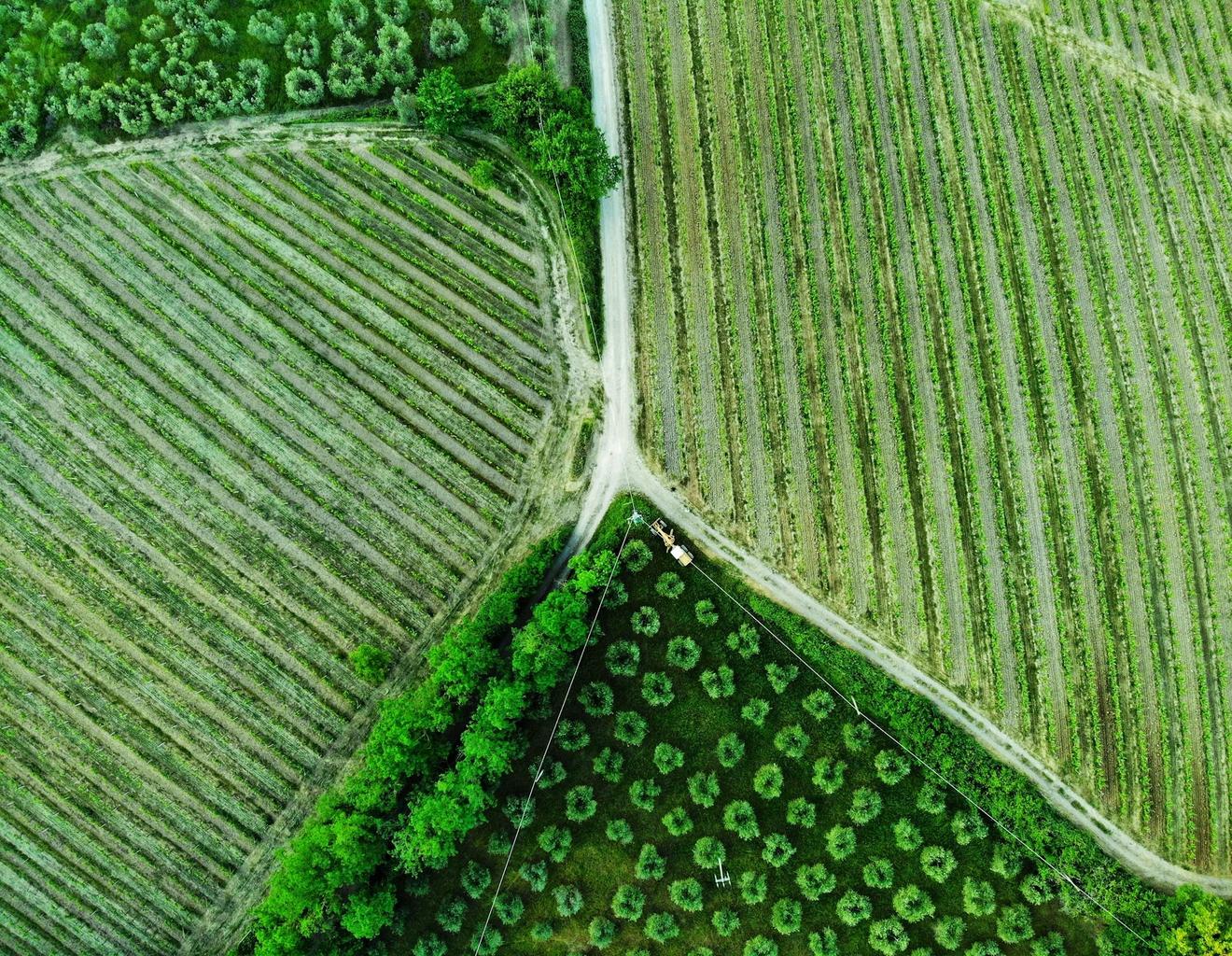Understanding the CSDDD: Key Changes and Compliance Guide for EU Companies
The CSDDD (Corporate Sustainability Due Diligence Directive) has introduced new EU-wide...

Since 4 December 2024, the EU Information System has been live, enabling companies to submit their due diligence statement and register their compliance procedures. This article provides a comprehensive overview of the current EUDR due diligence requirements, focusing on practical implementation steps for economic operators across the supply chain.
The revised implementation timeline for EUDR compliance now stands as follows:
| Company Category | Original Deadline | New Deadline |
|---|---|---|
| Large & Medium-Sized Enterprises | 30 December 2024 | 30 December 2025 |
| SME Traders & Operators | 30 June 2025 | 30 June 2026 |
Despite discussions in the European Parliament regarding a further postponement to December 2026, companies must treat 30 December 2025 as the legally binding deadline until any additional delay is formally published in the Official Journal. The trilog negotiations continue through Christmas 2025, making it critical that businesses maintain readiness for the confirmed compliance date.
The EU Deforestation Regulation establishes comprehensive due diligence requirements for operators placing relevant commodities and products on the EU market. The regulation covers seven key commodities: timber, cocoa, coffee, soy, palm oil, beef, and rubber, along with their derived products listed in Annex II.
Every economic operator must implement a robust due diligence process consisting of three essential components:
Operators must gather comprehensive data for each due diligence statement, including:
The geolocation coordinates represent a cornerstone of the EUDR due diligence statement. For production areas exceeding four hectares, polygon mapping with at least four non-linear coordinates is mandatory. Smaller plots may use a single coordinate point, provided it meets the six decimal place precision standard.
The due diligence risk assessment evaluates the probability that relevant products originate from deforested land or were produced in violation of relevant legislation. This assessment considers multiple factors, including the country of production's risk classification (low risk countries vs high risk countries), substantiated concerns raised by competent authorities, and the complexity of the supply chain.
For products originating from low risk countries, operators benefit from simplified due diligence obligations. However, the EU Commission's country risk benchmarking system has not yet published comprehensive classifications, meaning most operators must conduct full diligence risk assessments until further regulatory guidance becomes available.
Where the due diligence process identifies non-negligible risk, operators must implement appropriate risk mitigation measures before placing products on the EU market. This may include requesting additional documentation from suppliers, conducting independent third-party verification, or implementing enhanced monitoring protocols within the supply chain.
The launch of the IT system in December 2024 marked a critical milestone for EUDR compliance. Economic operators registration through this central platform is now mandatory, with the system providing several key functionalities:
Each submitted due diligence statement receives a unique reference number upon approval by the information system. This reference number serves as proof of compliance for products entering the EU market and must be retained for five years following the transaction date.
Non-SME traders placing products on the EU market can now utilise an existing due diligence statement from their supplier, provided they collect and verify the reference number through the system. This represents a significant simplification compared to earlier interpretations requiring independent due diligence from every actor in the supply chain.
The EU Information System offers direct API connectivity, enabling seamless integration with existing ERP systems such as SAP or Microsoft Dynamics. This technical capability allows larger operators to automate much of their compliance procedures, reducing manual data entry and minimising the risk of human error in the diligence process.
A major administrative simplification introduced in April 2025 permits companies to submit annual consolidated reports rather than individual statements for each transaction. This option particularly benefits SME operators managing high volumes of smaller shipments from consistent supply chains.
The regulation distinguishes between operators and traders, with further subdivisions based on company size. Medium-sized enterprises are defined according to EU criteria (balance sheet total below €43 million, net turnover below €50 million, fewer than 250 employees).
SME traders benefit from reduced obligations compared to non-SME traders and all operators. Specifically, SME traders need only collect and verify reference numbers from existing due diligence statements rather than conducting independent assessments. However, this exemption does not extend to SME operators, who must implement full due diligence systems regardless of company size.
Successful EUDR due diligence implementation requires close collaboration throughout the supply chain. The Team Europe Initiative, launched with €70 million funding (now exceeding €85 million), specifically addresses capacity building in producer countries to ensure smallholders and local suppliers can meet geolocation and documentation requirements.
The Zero Deforestation Hub established under this initiative provides technical assistance for geodata collection, helping to prevent supplier exclusion due to compliance barriers. For companies sourcing from developing markets, engaging with these support mechanisms can significantly improve supply chain resilience whilst advancing human rights and environmental protection objectives.
Competent authorities in EU member states possess extensive powers to verify compliance with the EU Deforestation Regulation. Where violations are identified, penalties can reach up to 4% of the operator's annual EU turnover—a threshold deliberately set to ensure meaningful deterrence even for large multinational corporations.
Beyond financial sanctions, non-compliance can result in customs holds, product seizures, and exclusion from public procurement processes. The reputational damage associated with EUDR violations also poses material risks, particularly for consumer-facing brands where sustainability credentials influence purchasing decisions.
Whilst the due diligence requirements impose immediate costs, they simultaneously create strategic opportunities for forward-thinking operators. Enhanced supply chain transparency supports multiple ESG objectives beyond forest conservation, including:
For companies already implementing VSME sustainability reporting or preparing for CSRD obligations, the EUDR due diligence system generates valuable data that can be leveraged across multiple reporting frameworks.
The geolocation data and supply chain documentation required for EUDR compliance aligns closely with emerging expectations around biodiversity risk assessment and nature-related financial disclosure. Companies treating EUDR as an isolated regulatory exercise miss the opportunity to build integrated systems that address multiple compliance obligations simultaneously.
The regulation's focus on preventing forest degradation and protecting the world's forests connects directly to climate risk management strategies. Deforestation accounts for approximately 11% of global greenhouse gas emissions, making supply chain due diligence a material component of corporate climate action.
With the December 2025 deadline approaching, operators should prioritise the following implementation steps:
The November 2025 updates demonstrate the European Union's willingness to adjust implementation timelines in response to legitimate industry concerns. However, the fundamental obligations remain unchanged, and further delays should not be assumed. The regulation represents a permanent shift in how the EU market approaches forest risk commodities, requiring sustained investment in compliance infrastructure rather than temporary fixes.
Companies that view EUDR due diligence as an opportunity to build competitive advantage through enhanced transparency will be better positioned for long-term success than those treating it purely as a compliance burden. The regulation's emphasis on verified, traceable sourcing aligns with broader market trends towards ESG integration as a value driver.
A complete due diligence statement must contain product details (including HS code), country of production, geolocation coordinates with six decimal precision, supplier information, product quantity, and a formal declaration confirming legal production without causing deforestation or forest degradation. The statement must be submitted through the EU Information System and retained for five years.
Yes. The April 2025 simplification measures specifically permit SME traders to rely on existing due diligence statements from their suppliers rather than conducting independent assessments. However, they must collect and verify the reference number from the submitted due diligence statement and ensure it covers the specific products they are placing on the EU market.
Products originating from low risk countries qualify for simplified due diligence obligations, meaning operators can apply streamlined procedures when conducting their diligence risk assessment. However, as of November 2025, the EU Commission has not yet published comprehensive country risk classifications, so most operators must implement standard due diligence procedures until official guidance becomes available.
If suppliers cannot provide the required geolocation data, operators face three options: work with the supplier to implement geodata collection systems (potentially leveraging Team Europe Initiative support programmes), source from alternative suppliers with established compliance procedures, or accept that the product cannot be placed on the EU market until proper due diligence can be completed. The regulation contains no exemptions for cases where data collection proves difficult.
Companies subject to both EUDR and CSRD reporting obligations can leverage their due diligence system data to address multiple disclosure requirements simultaneously. The supply chain transparency required for EUDR supports Scope 3 emissions accounting and biodiversity impact assessment disclosures under ESRS standards, reducing duplicative data collection efforts.
Even if the European Parliament approves an additional postponement in late 2025, companies should maintain their implementation timelines. Any further delay would require formal adoption through the standard EU legislative process, which cannot be guaranteed. Organisations that defer preparation risk facing compressed timelines if the second postponement fails to materialise during trilog negotiations.

ESG & sustainability consultant specializing in CSRD, VSME, and climate risk analysis. 300+ projects for companies like Commerzbank, UBS, and Allianz.
More aboutThe CSDDD (Corporate Sustainability Due Diligence Directive) has introduced new EU-wide...
Executive Summary: ESG questionnaires have evolved from compliance checkboxes to strategic...
The EU Omnibus Package brings major changes for companies in the EU. The new rules aim to reduce...